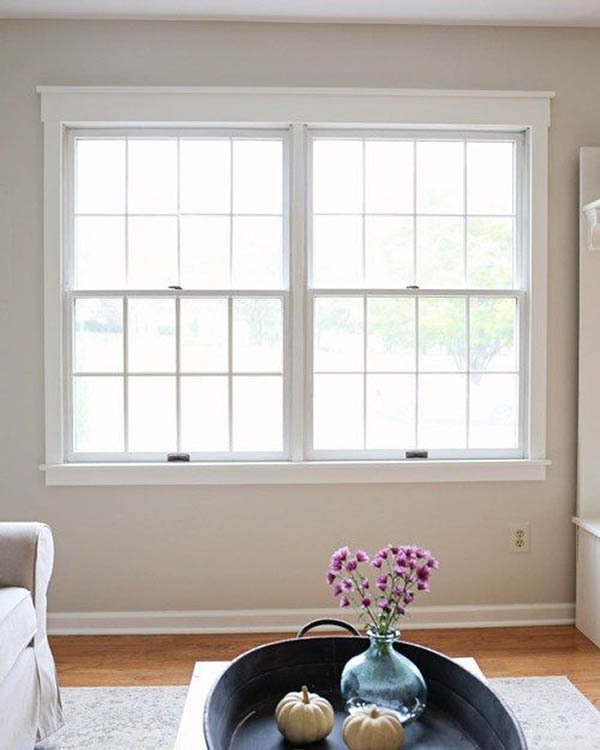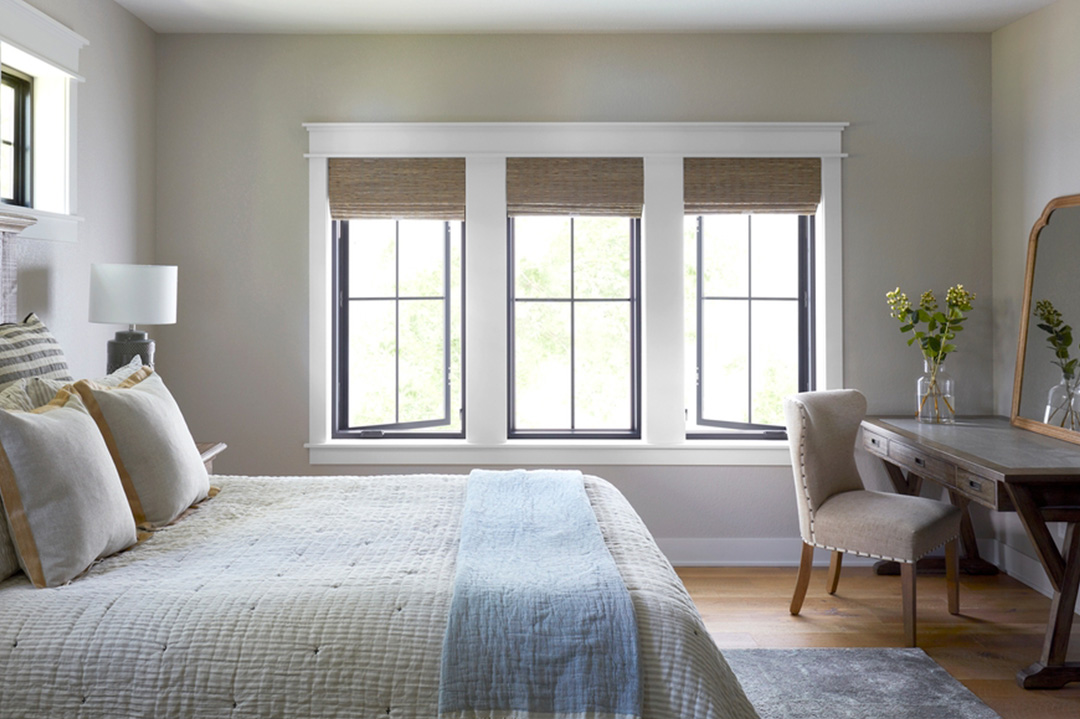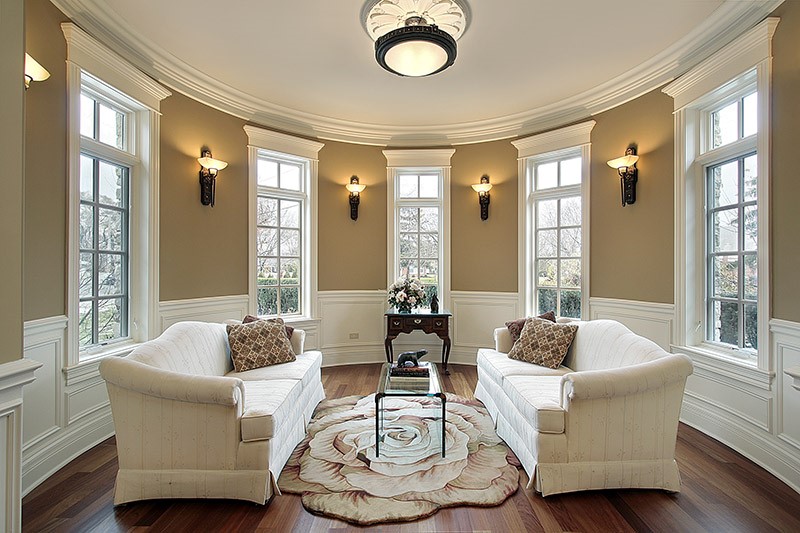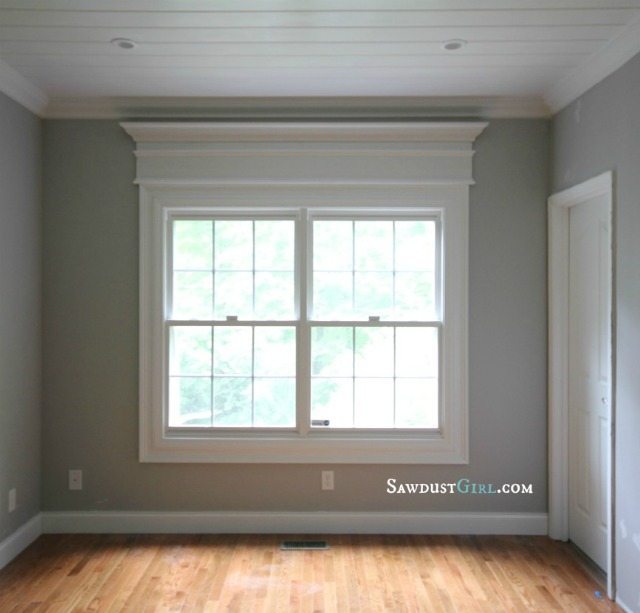What is Decorative Window Molding?
Decorative window molding is an architectural element used to frame windows, providing both aesthetic and functional benefits. It serves as a transition between the window and the wall, adding elegance and sophistication to any space.
As a homeowner who recently remodeled my living room, I can vouch for how transformative decorative window molding can be. The right choice of molding can bring a room together, accentuating natural light and adding character to your home.
Types of Decorative Window Molding
When it comes to decorative window molding, various types are available, each with unique characteristics, styles, and benefits. Below, I share the most common types, along with a comparison table to help you choose the right one for your needs.
1. Wood Molding
Wood molding is highly versatile and can be stained or painted to match your decor. Its natural beauty adds warmth to any room.
2. PVC Molding
PVC (Polyvinyl Chloride) molding is moisture-resistant and ideal for areas with high humidity, such as bathrooms and kitchens.

3. MDF Molding
MDF (Medium Density Fiberboard) is an affordable alternative to solid wood. It can be easily painted and cut, making it a popular choice for DIY enthusiasts.
4. Polystyrene Molding
Lightweight and easy to install, polystyrene molding is often used for adding detailed trim work without the heavy lifting.

5. Composite Molding
Composite molding combines the best features of wood and synthetic materials, offering durability, resistance to warping, and ease of maintenance.
Comparison Table of Window Molding Types
| Type | Material | Durability | Cost | Best For |
|---|---|---|---|---|
| Wood Molding | Natural Wood | High | Moderate to High | Living Areas |
| PVC Molding | Synthetic | Very High | Moderate | Bathrooms, Kitchens |
| MDF Molding | Synthetic | Moderate | Low to Moderate | Living Areas, DIY Projects |
| Polystyrene Molding | Synthetic | Moderate | Low | Lightweight Applications |
| Composite Molding | Composite Material | High | Moderate to High | Versatile Applications |

Benefits of Decorative Window Molding
Incorporating decorative window molding into your home can offer numerous benefits that go beyond mere aesthetics.
1. Enhances Aesthetic Appeal
Decorative window molding can significantly enhance the visual appeal of any room. It provides a sophisticated frame that draws the eye toward the window, accentuating natural light and views.

2. Adds Value to Your Home
Quality molding can increase your home’s value, making it more attractive to potential buyers. It adds an element of craftsmanship that stands out during home tours.
3. Creates Architectural Interest
Molding can help define different styles and architectural features, adding depth and character to flat walls.

4. Improves Energy Efficiency
Properly installed window molding can improve insulation, helping to create a more energy-efficient space. This can lead to lower heating and cooling costs.
Choosing the Right Decorative Window Molding
Choosing the right window molding can feel daunting, but it doesn’t have to be. Here are some factors to consider to ensure you make the best decision for your space.

1. Style of Your Home
Consider the architectural style of your home. Modern homes may benefit from sleek, minimalistic molding, while traditional homes might call for more ornate designs.
2. Color and Finish
The color and finish of your molding should complement your overall color scheme. White is classic and versatile, while bold colors can make a statement.
3. Size and Scale
Ensure the molding is proportionate to the size of your windows and walls. Overly large molding can overwhelm a small window, while too narrow molding may look out of place in a grand space.
4. Budget Considerations
Set a budget before you start shopping. While some moldings can be quite affordable, high-quality options may require a larger investment.
Installation Tips for Decorative Window Molding
Installing decorative window molding can be a rewarding DIY project. Here’s a step-by-step guide based on my personal experience:
Step 1: Gather Your Tools
You’ll need a measuring tape, miter saw, nail gun or hammer, wood glue, and a level. Don’t forget safety equipment, like goggles!
Step 2: Measure and Cut
Measure your window frame to determine the length required for each piece of molding; then, cut the pieces at a 45-degree angle for a clean fit at the corners.
Step 3: Dry Fit Pieces
Before attaching, dry fit all the pieces together to ensure they align correctly. This step can save you frustration later!
Step 4: Attach the Molding
Using wood glue and nails, attach the molding to the wall, starting with the top piece, then the sides, and finally the bottom. Use a level to ensure everything is straight.
Step 5: Fill and Paint
Fill any nail holes with wood filler and sand smooth. Finally, paint or stain your molding to match your decor.
Common Mistakes to Avoid
- Not measuring accurately.
- Forgetting to account for miter cuts.
- Skipping the dry fit step.
Maintenance of Decorative Window Molding
Once you have installed your beautiful decorative molding, it’s essential to keep it looking its best. Here are some maintenance tips I’ve learned over the years:
1. Regular Dusting
Dust can accumulate on molding, so make it a habit to dust regularly with a microfiber cloth.
2. Check for Damage
Periodically inspect your molding for signs of damage, like cracks or peeling paint, especially in humid areas.
3. Repaint as Needed
If your molding begins to look dull or chipped, consider a fresh coat of paint to restore its beauty.
4. Keep an Eye on Moisture
Be mindful of areas prone to moisture, and consider using water-resistant materials in these regions to prevent warping or mold growth.
Decorative Window Molding Trends
To stay ahead in home decor, it’s important to keep an eye on trends. Here are some popular decorative window molding trends that are making waves:
1. Bold Colors
Many homeowners are opting for bold, contrasting colors in their molding, making it a focal point of the room.
2. Minimalist Designs
In contrast, minimalist designs with clean lines are also trending, aligning well with modern decor styles.
3. Mixed Materials
Using a combination of materials, like wood and metal, can create a beautiful contrast that elevates the overall design.
Frequently Asked Questions (FAQs) about Decorative Window Molding
1. What is the best material for decorative window molding?
The best material depends on your specific needs. Wood is beautiful but can be expensive, while PVC is affordable and moisture-resistant, making it ideal for humid areas.
2. Can I install decorative window molding myself?
Yes, with the right tools and a little patience, DIY installation is entirely feasible. Just follow the steps carefully and take your time.
3. What is the average cost of decorative window molding?
Costs can vary widely based on material and style. On average, expect to pay anywhere from $2 to $8 per linear foot, plus installation costs if you hire a professional.
4. How can I clean my decorative window molding?
Regular dusting with a microfiber cloth is ideal. For deeper cleaning, use a mild detergent mixed with water and a soft cloth.
5. How often should I repaint my molding?
Generally, it’s a good idea to repaint every 5 to 7 years, but if you notice significant wear or damage, consider repainting sooner.